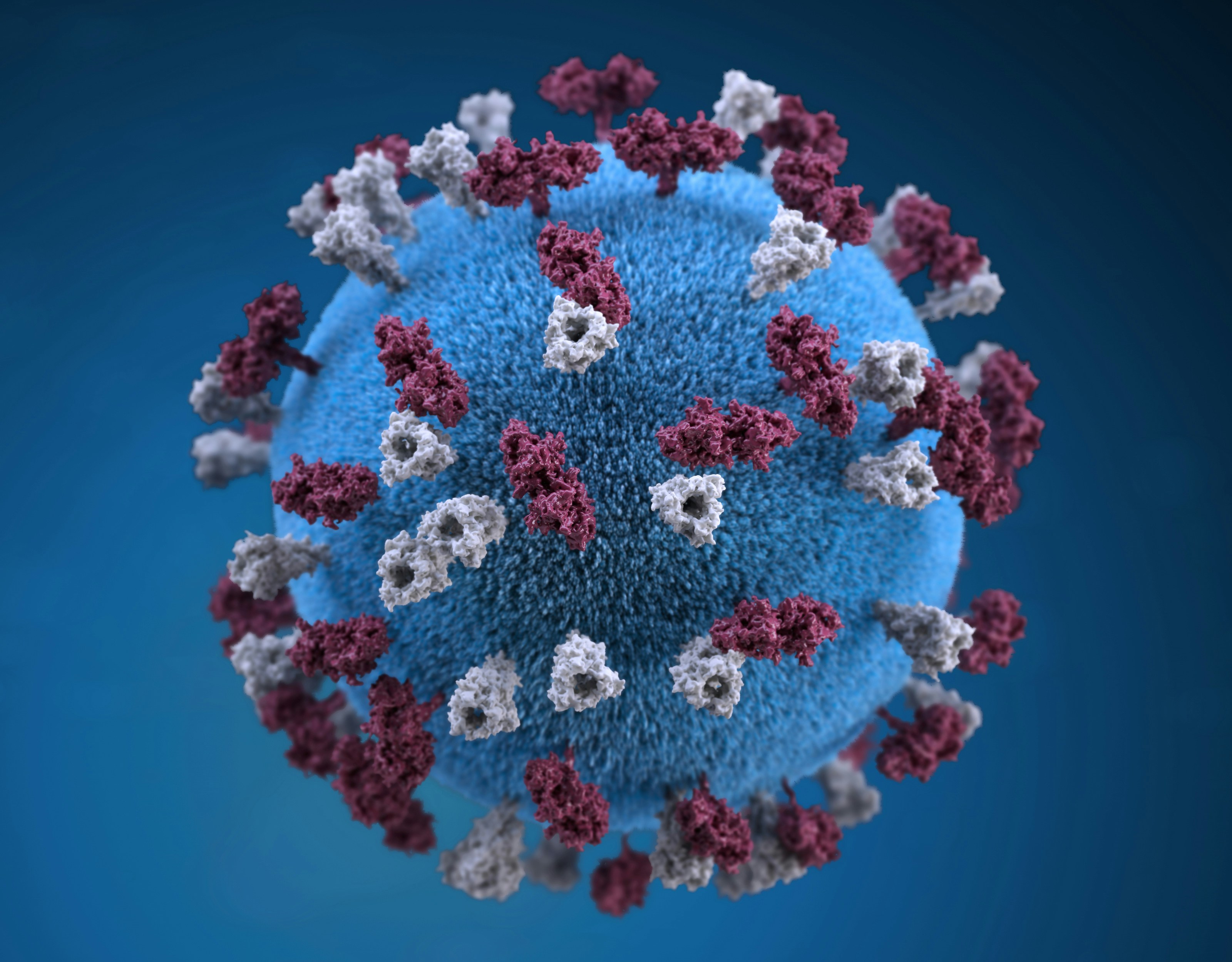U.S. Faces Measles Outbreak with Over 1,000 Cases
The country reports more than 1,000 measles cases across 11 states, prompting public health concerns and vaccination campaigns. (US News)
Thursday, May 1, 2025
As of May 13, 2025, the United States has reported 1,001 confirmed measles cases across 31 jurisdictions, marking the second-highest annual case count since 2019 and raising urgent public health concerns 18. The outbreak underscores the risks of declining vaccination rates and highlights vulnerabilities in community immunity. Below is a detailed breakdown of the situation:
Outbreak Overview
Case Distribution:
Texas dominates, with 709 cases (71% of the national total), primarily in West Texas’s Gaines County, where a close-knit, under vaccinated Mennonite community has driven transmission 456.
Other active outbreaks (≥3 linked cases) are reported in 11 states: Indiana, Michigan, Montana, Ohio, Pennsylvania, Tennessee, New Mexico, Oklahoma, Kansas, North Dakota, and Illinois 410.
New Mexico (71 cases) and Oklahoma (15 cases) are also heavily affected, with spillover from the Texas outbreak 45.
Demographics:
Age groups: 31% of cases are in children under 5, 38% in ages 5–19, and 29% in adults 13.
Hospitalizations: 13% of cases required hospitalization, with children under 5 facing the highest risk (23% hospitalized) 1.
Fatalities: Three deaths confirmed—two unvaccinated children in Texas and one adult in New Mexico 48.
Vaccination Status and Herd Immunity Gaps
Unvaccinated dominance: 96% of cases occurred in individuals who were unvaccinated or had unknown vaccination status 12.
MMR coverage decline: National kindergarten vaccination rates dropped to 92.7% in 2023–2024, far below the 95% threshold needed for herd immunity 19. In Gaines County, Texas, MMR coverage is 82%, facilitating rapid spread 8.
Breakthrough infections: Only 2% of cases occurred in fully vaccinated individuals, aligning with the vaccine’s 97% efficacy 1.
Public Health Response
Containment Efforts:
Targeted vaccination campaigns: States like Texas are offering free MMR vaccines through pharmacies and clinics, prioritizing outbreak counties 5.
Contact tracing and isolation: Health departments are monitoring exposed individuals for 21 days and providing post-exposure prophylaxis 2.
Federal and Global Coordination:
The CDC is collaborating with the WHO to address imported cases, which account for 6% of U.S. infections (e.g., travelers from Canada, Mexico, and Southeast Asia) 23.
Risk of losing elimination status: If any outbreak persists for over 12 months, the U.S. could lose its measles elimination designation, last achieved in 2000 9.
Global and Regional Context
Americas region: Over 2,300 measles cases were reported in 2025, with Canada (1,069 cases) and Mexico (421 cases) also experiencing surges 3.
Root causes: Pandemic-era disruptions to routine immunizations and vaccine hesitancy have left gaps in global immunity, enabling measles resurgence 39.
Challenges and Projections
Economic and social strain: Outbreaks strain healthcare systems, with hospitals managing complications like pneumonia and encephalitis 69.
Long-term risks: Measles-induced immune amnesia (weakened immunity to other infections) could exacerbate future public health crises 3.
Projected spread: Experts warn outbreaks could persist for months, particularly in undervaccinated communities 8.
Recommendations for the Public
Vaccination: Ensure children receive two MMR doses (first at 12–15 months, second at 4–6 years) 6.
Travel precautions: Evaluate vaccination status before international trips and monitor for symptoms post-travel 1.
Community engagement: Health officials emphasize working with trusted local leaders to combat misinformation and boost vaccine uptake 2.
Conclusion
The 2025 measles outbreak reflects a critical juncture for U.S. public health. While containment efforts are underway, restoring vaccination rates to pre-pandemic levels remains paramount to preventing future crises. As CDC models warn, without urgent action, the nation risks reversing decades of progress in disease control 19.




